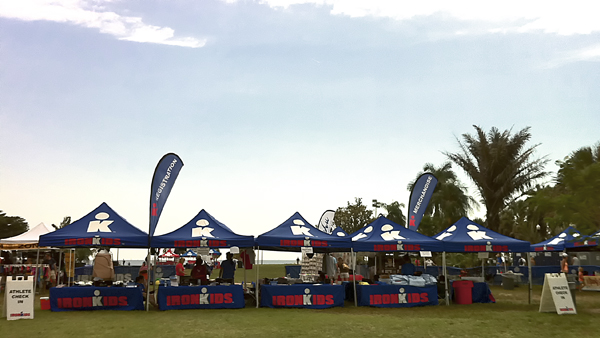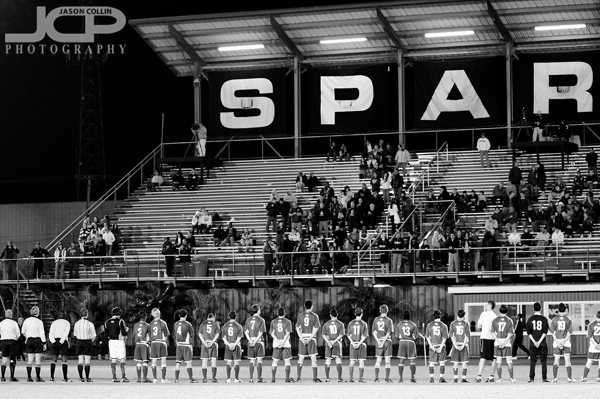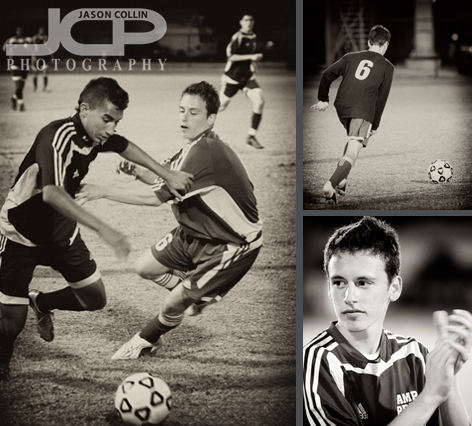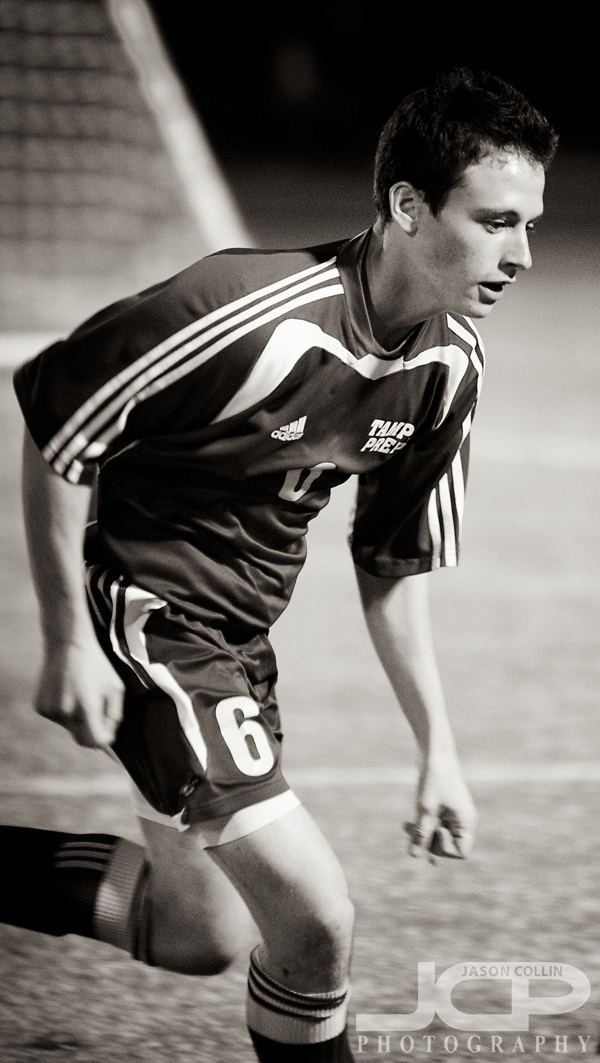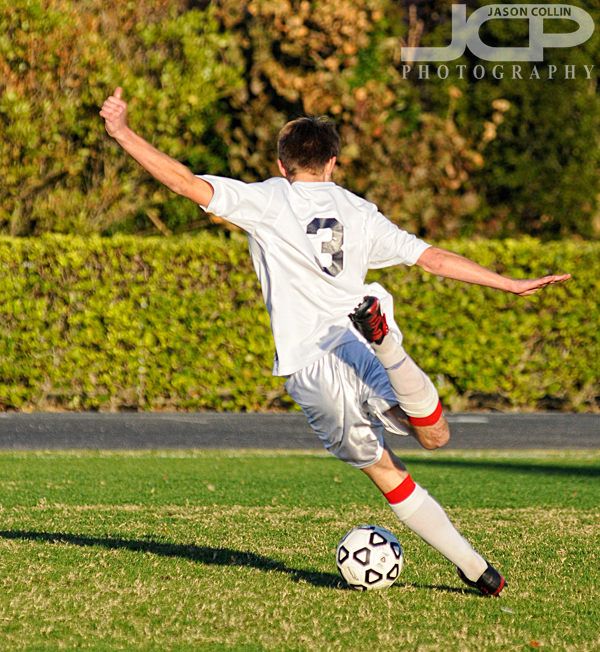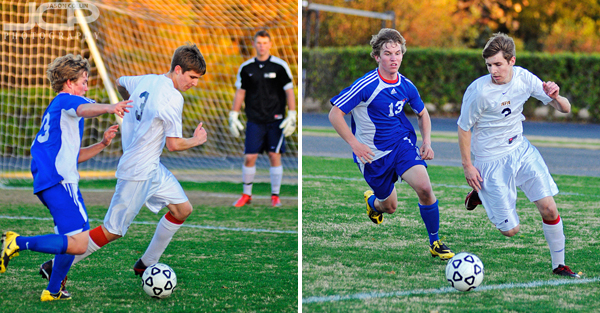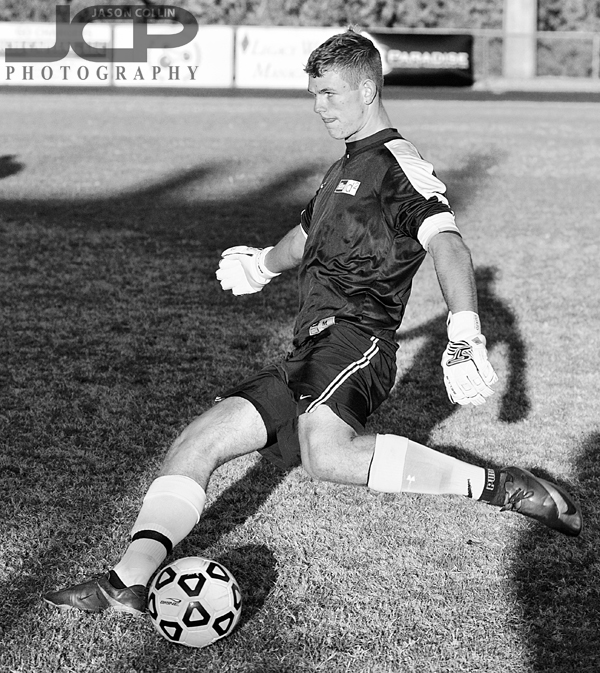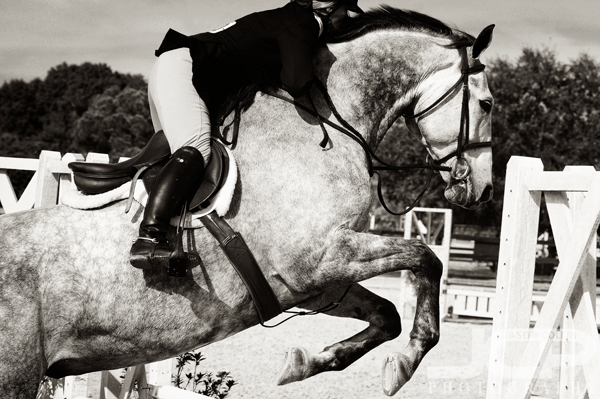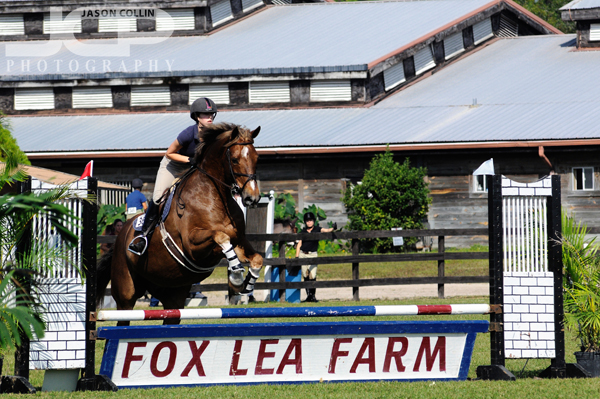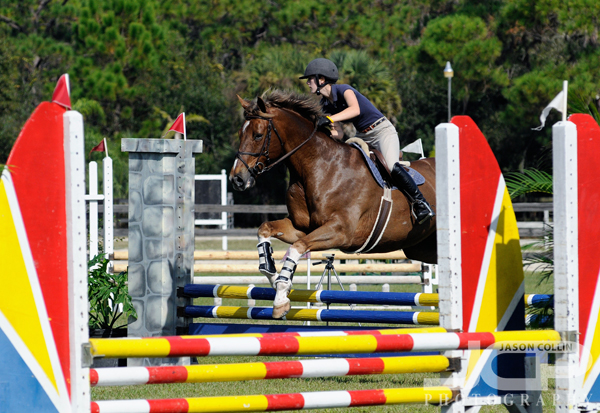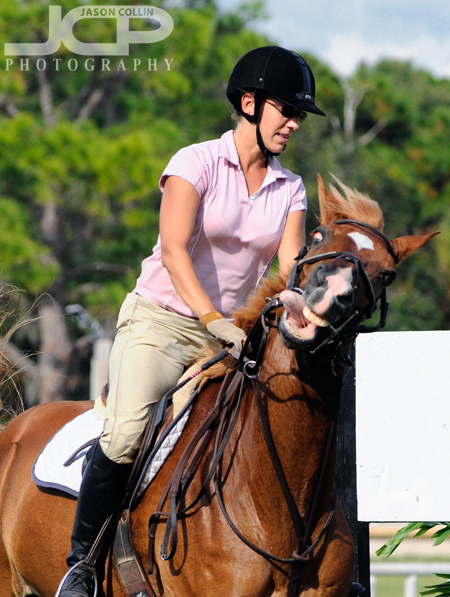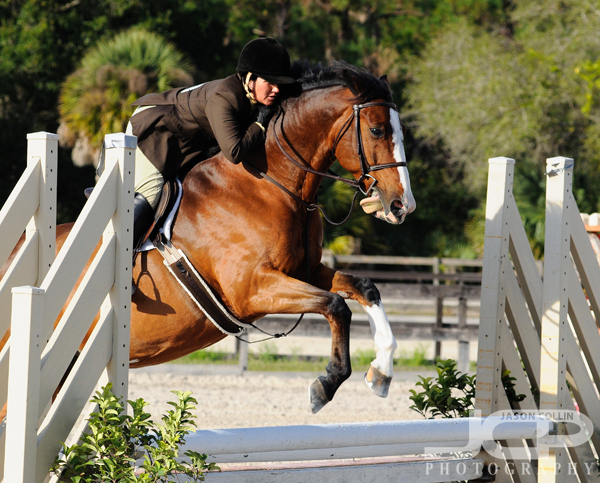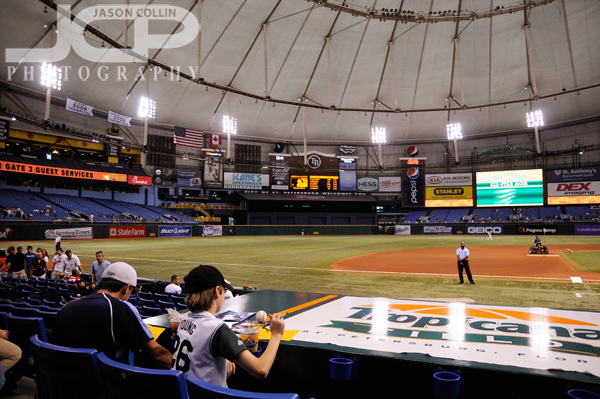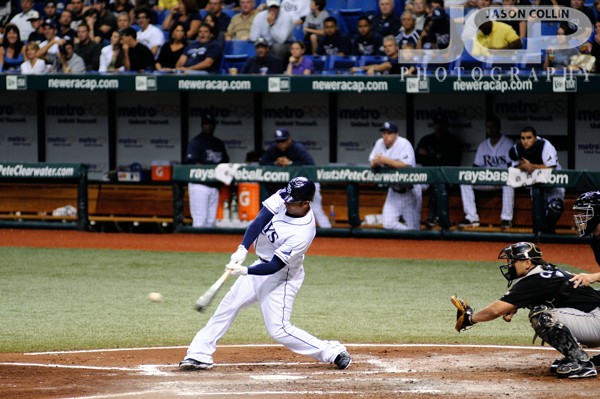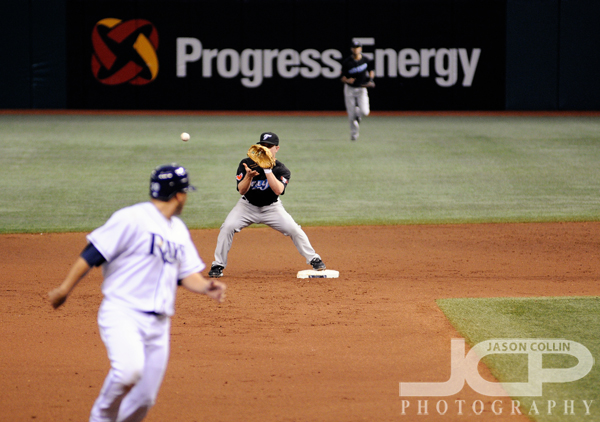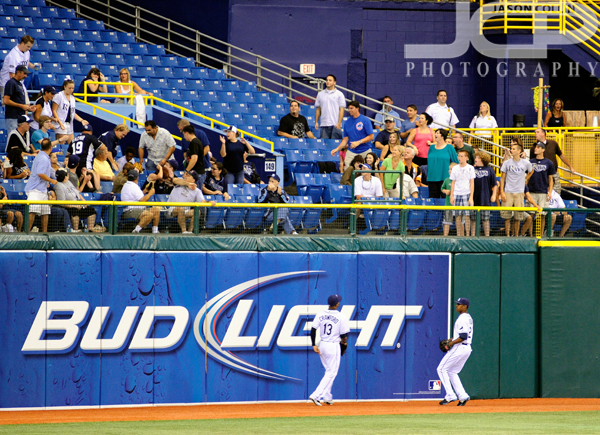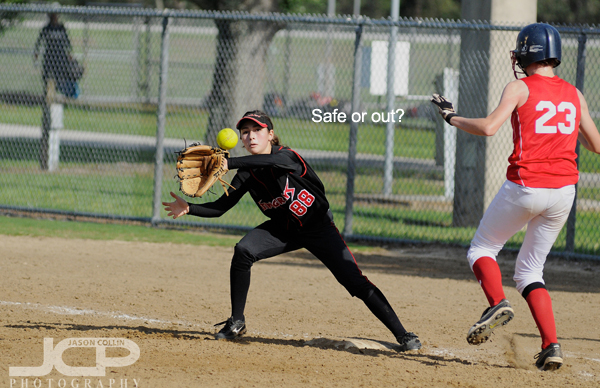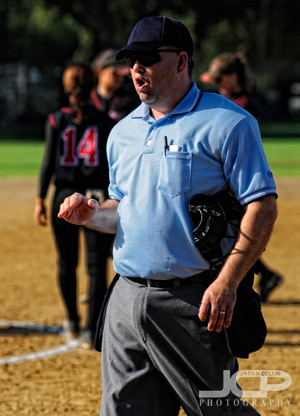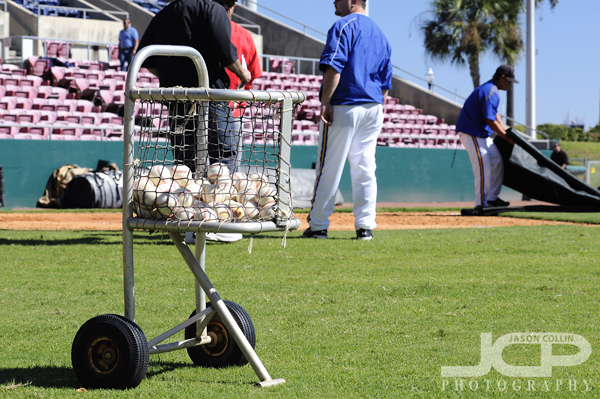 Seeing so many baseballs in one place fascinated me for some reason.It had been awhile since I photographed baseball, so I was excited to have the opportunity to photograph a high school all-star game in Al Lang Stadium (downtown St. Petersburg). I had never been in that ballpark before so I did not have an idea of its size, which is of course larger than the usual public fields I have photographed other high school baseball games at.
Seeing so many baseballs in one place fascinated me for some reason.It had been awhile since I photographed baseball, so I was excited to have the opportunity to photograph a high school all-star game in Al Lang Stadium (downtown St. Petersburg). I had never been in that ballpark before so I did not have an idea of its size, which is of course larger than the usual public fields I have photographed other high school baseball games at.
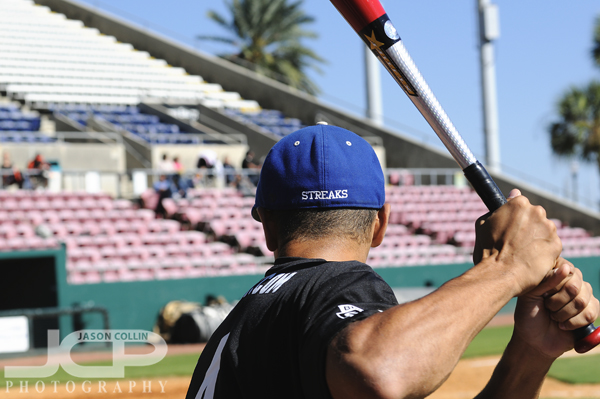 Have to wonder what decade the name STREAKS was chosen in?This larger park meant I had to use ever mm of my Nikkor AF ED 80-200mm f/2.8D lens in order to get as close to the action as possible, despite being able to plant my monopod at the end of either of the dugouts. More of a challenge to deal with was the fact that the park was totally exposed to the blazing afternoon Florida sun. I was not able to get my back to the sun from any angle, so I had to really concentrate on getting focus locks in such challenging conditions.
Have to wonder what decade the name STREAKS was chosen in?This larger park meant I had to use ever mm of my Nikkor AF ED 80-200mm f/2.8D lens in order to get as close to the action as possible, despite being able to plant my monopod at the end of either of the dugouts. More of a challenge to deal with was the fact that the park was totally exposed to the blazing afternoon Florida sun. I was not able to get my back to the sun from any angle, so I had to really concentrate on getting focus locks in such challenging conditions.
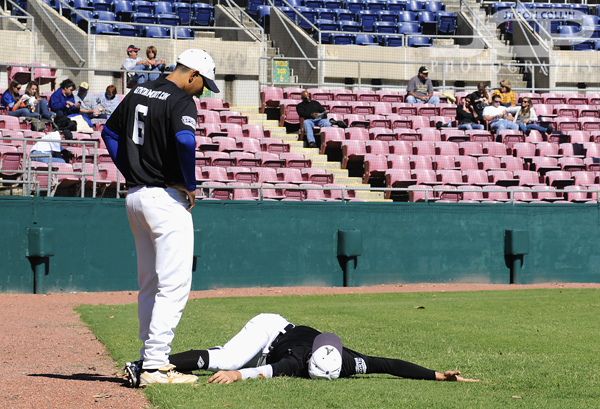 Not a scene of exhaustion, just one of stretching!After the sun, a huge shadow fell across the infield for the last few innings! Manual settings were mandatory to try and get a decent exposure in the lower light and still freeze the action.
Not a scene of exhaustion, just one of stretching!After the sun, a huge shadow fell across the infield for the last few innings! Manual settings were mandatory to try and get a decent exposure in the lower light and still freeze the action.
 The goal of baseball photography - get the ball in the frame while the batter swingsAnd I do not have that many actions shots to show for my 3 hours of shooting. At first I did not know it was an all-star game, but I sensed the energy and interactions between the players seemed much less than other tournaments I had photographed. These high school players came from all around Florida and did not know each other for the most part. So the camaraderie was just not there. Even though there were a lot of runs scored, the black team raced out to a 10-1 lead, they were all standing runs, no big home plate confrontations at all.
The goal of baseball photography - get the ball in the frame while the batter swingsAnd I do not have that many actions shots to show for my 3 hours of shooting. At first I did not know it was an all-star game, but I sensed the energy and interactions between the players seemed much less than other tournaments I had photographed. These high school players came from all around Florida and did not know each other for the most part. So the camaraderie was just not there. Even though there were a lot of runs scored, the black team raced out to a 10-1 lead, they were all standing runs, no big home plate confrontations at all.
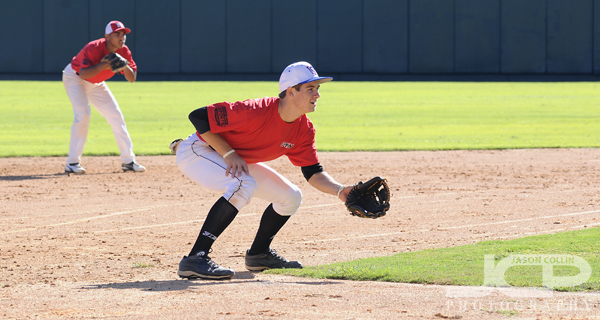 They were not the only ones waiting for some action that afternoon.I have to admit my mind did start to wonder in the latter innings as the action really slowed down and I had already gotten all the essential batting, fielding and group shots . . . and then they decided to add a tenth inning!
They were not the only ones waiting for some action that afternoon.I have to admit my mind did start to wonder in the latter innings as the action really slowed down and I had already gotten all the essential batting, fielding and group shots . . . and then they decided to add a tenth inning!
 Fighting for 3rd base - Nikon D300 Nikkor 80-200mm f/2.8D @ f/4 ISO 500 1/640th EV +1.33 manual exposureFinally, in one of the final innings there was a decent play made for third base right in front of me. As you can see the shadow had fallen across the infield, causing me to use some very unusual settings, least of which was cranking the exposure compensation up to +1.33.
Fighting for 3rd base - Nikon D300 Nikkor 80-200mm f/2.8D @ f/4 ISO 500 1/640th EV +1.33 manual exposureFinally, in one of the final innings there was a decent play made for third base right in front of me. As you can see the shadow had fallen across the infield, causing me to use some very unusual settings, least of which was cranking the exposure compensation up to +1.33.

